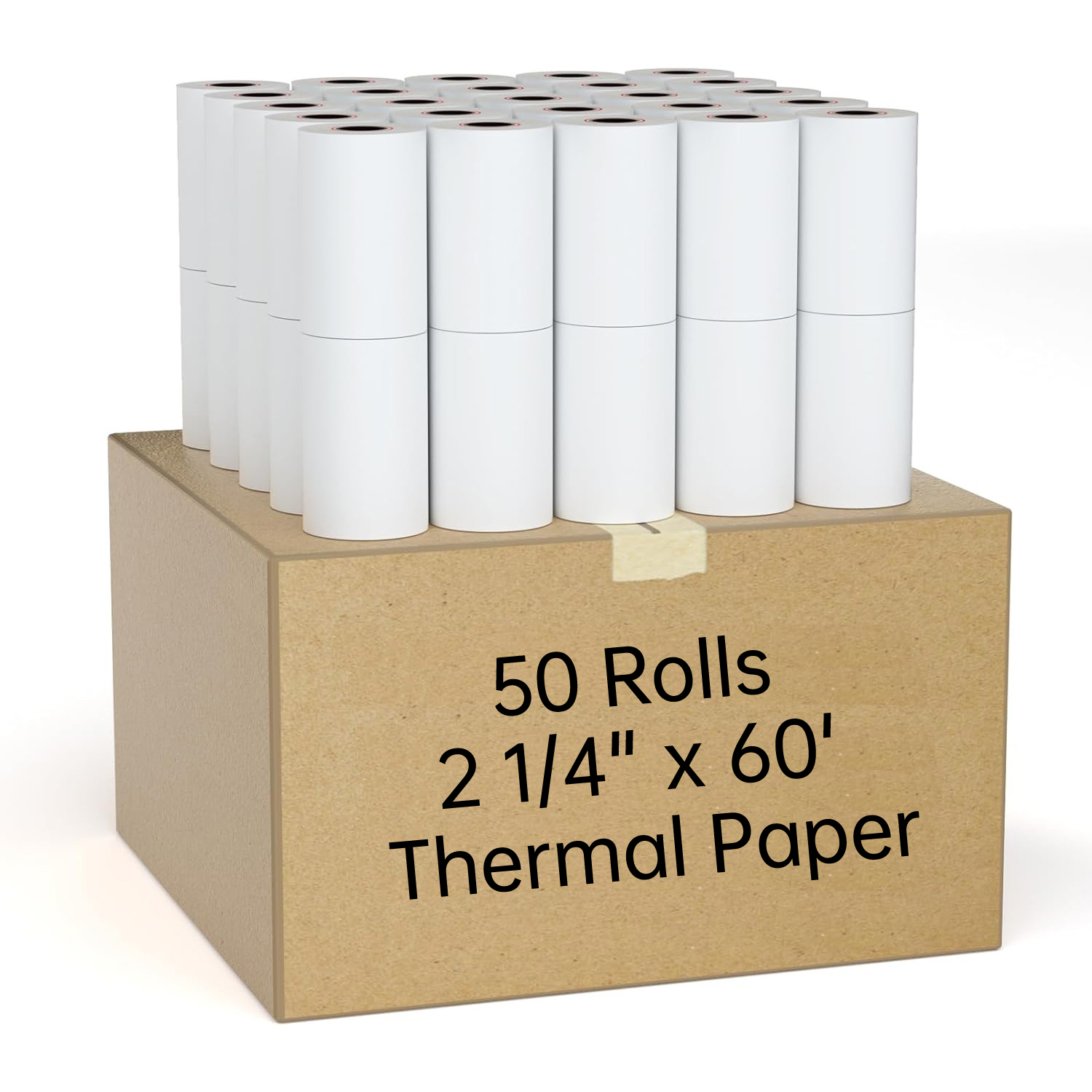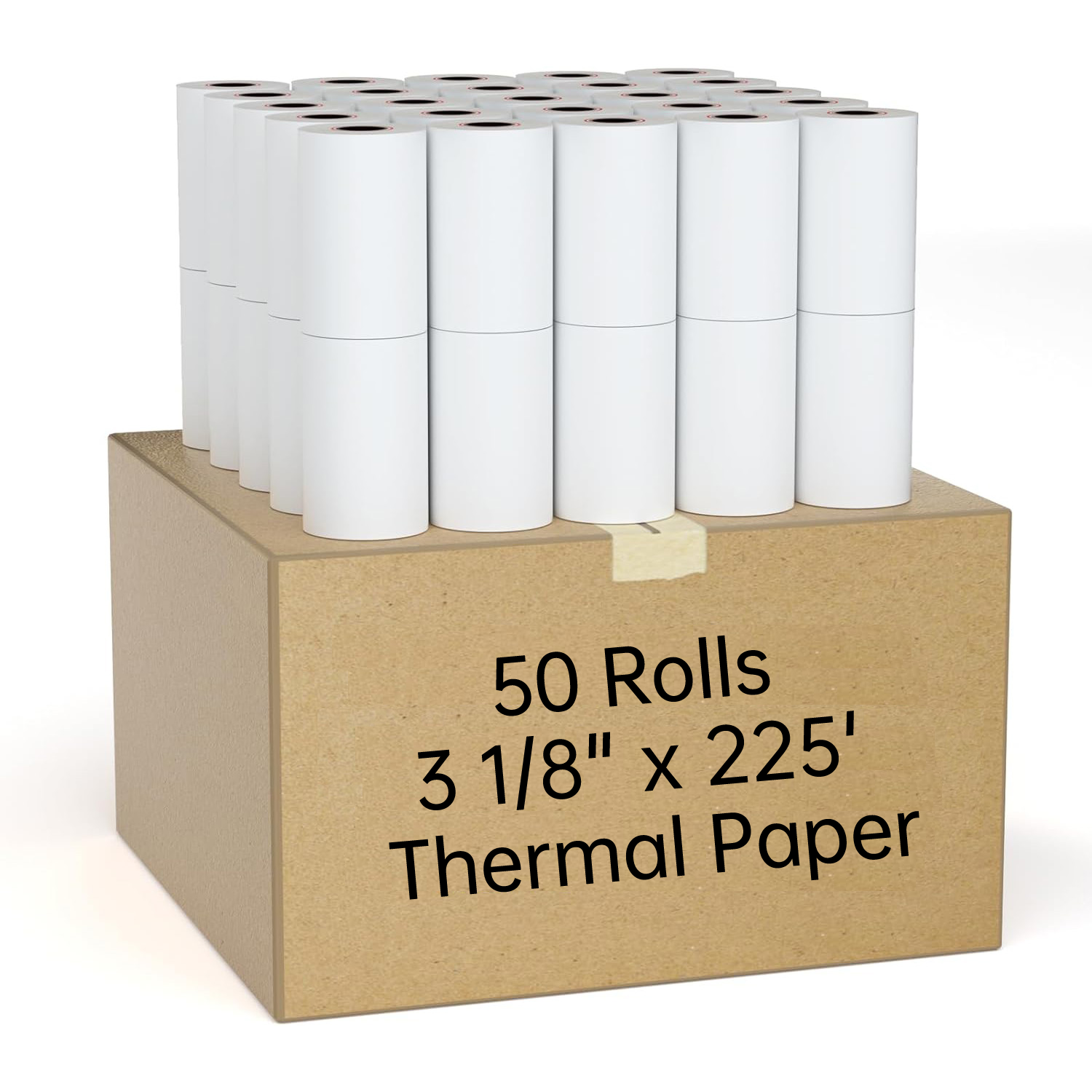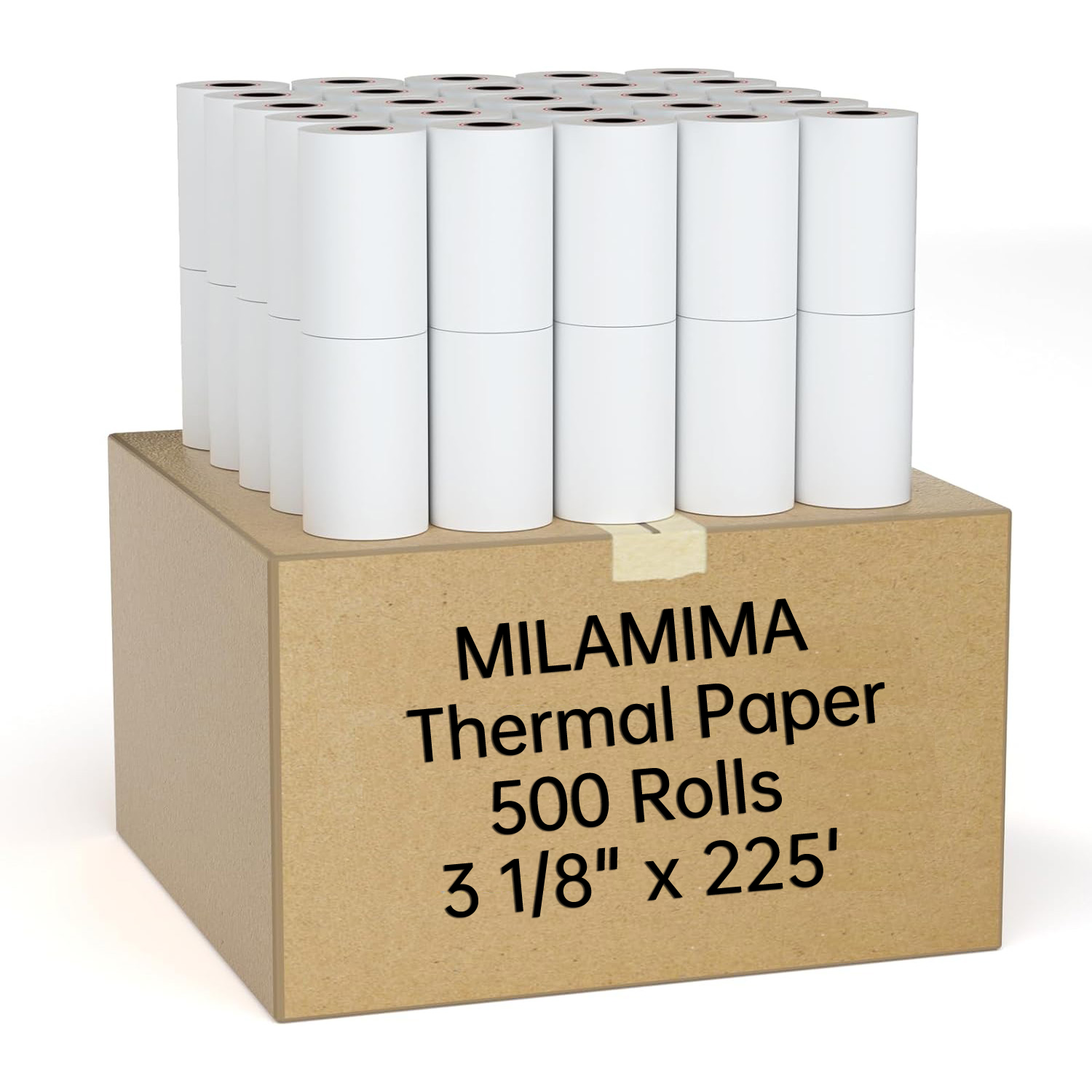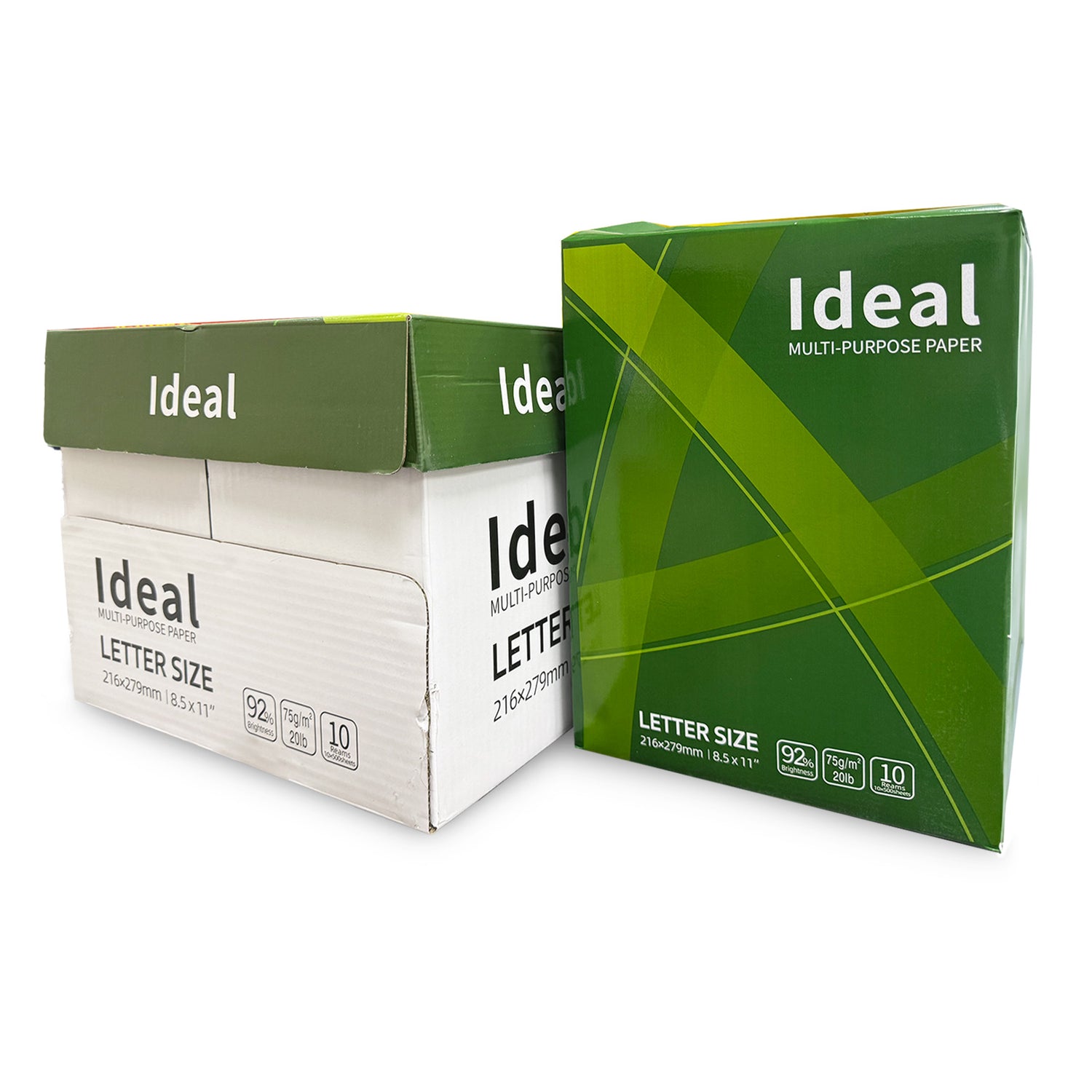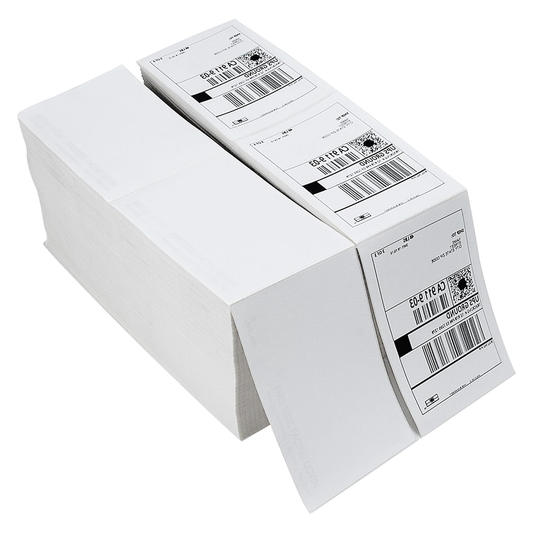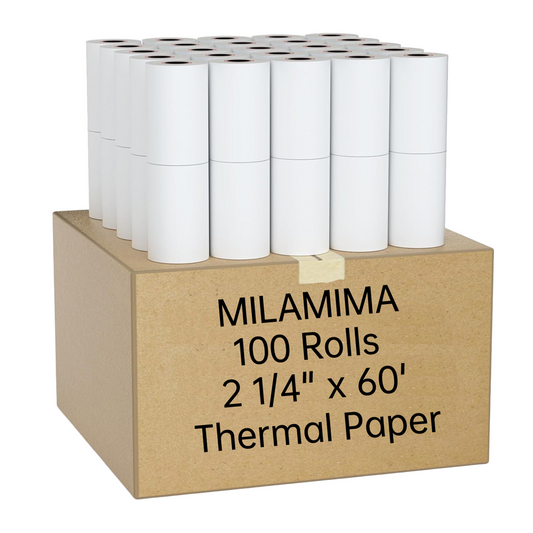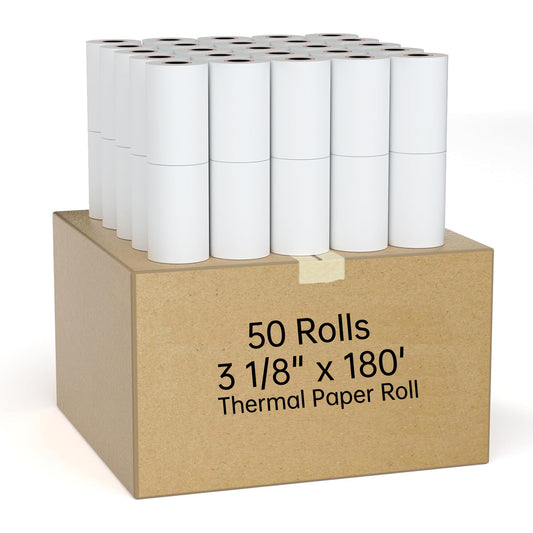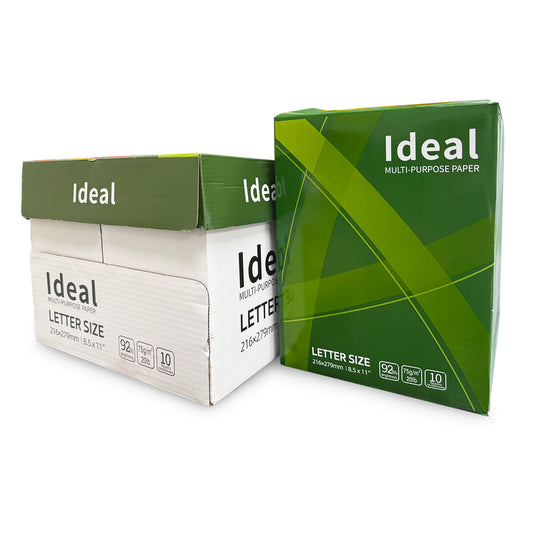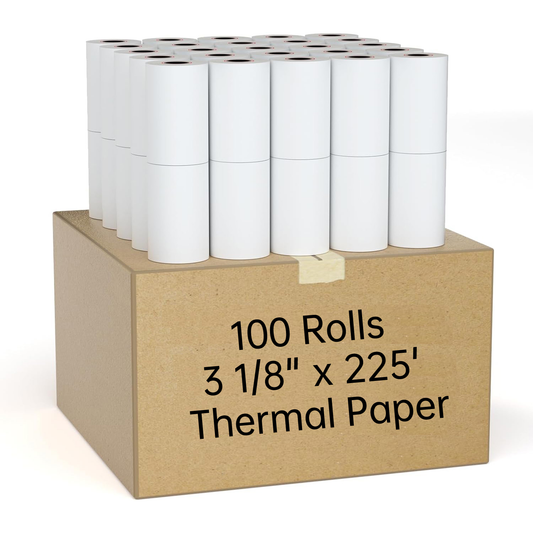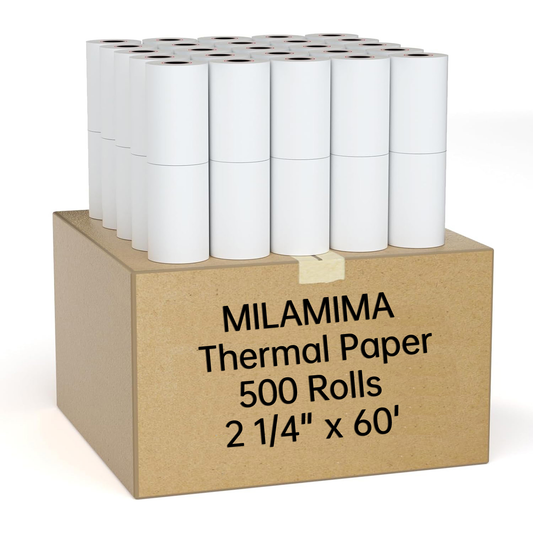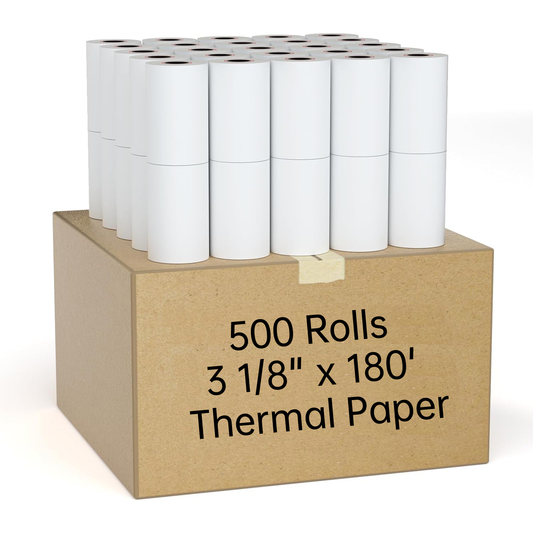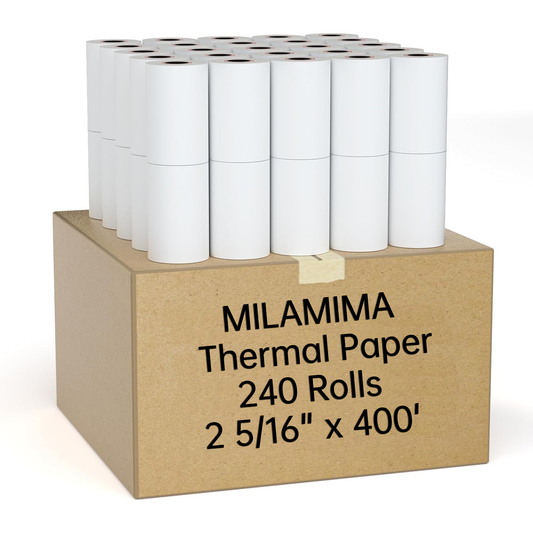Introduction:
Binoculars have been an essential tool for outdoor enthusiasts for decades, providing hunters and shooters with the ability to see details across vast distances. However, many people, including seasoned outdoorsmen, find the numbers on binoculars confusing. In this guide, we'll break down what those numbers mean, so you can choose the right binoculars for your needs.
What Do Binocular Numbers Mean?
Binoculars are typically labeled with two numbers, such as 8x25, 10x42, or 12x50. These numbers refer to the magnification and objective diameter of the binoculars, which are key to understanding their performance.
Magnification
The first number before the "x" indicates the magnification power of the binoculars. For example, in a 10x42 binocular, the "10x" means that the binoculars will magnify the image ten times closer than what you see with the naked eye. There are two types of magnification: fixed and variable. Fixed magnification binoculars, like the BX-5 Santiam HD 10x42, have a single power setting. Variable power binoculars, on the other hand, offer a range of magnifications but are often heavier and less practical for outdoor use.
For most outdoor activities, a magnification of 8x to 10x is ideal. Higher magnifications, such as 12x or 15x, may require a tripod for stability.
Objective Diameter
The second number after the "x" refers to the objective lens diameter, measured in millimeters. This number is crucial because it determines how much light the binoculars can gather. A larger objective diameter, like in a 15x56 binocular, results in a brighter and clearer image. However, larger lenses also make the binoculars heavier and more expensive.
Field of View (FOV) / Angle of View (AOV)
Sometimes, binoculars will have a third number, which represents the field of view (FOV). FOV is the area visible through the binoculars at a distance of 1,000 yards. It’s usually expressed in feet or degrees. A wider FOV is better for scanning large areas, while a narrower FOV is ideal for focusing on specific details. For example, a "FIELD 6.4°" on a 10x42 binocular means you can see a 336-foot wide area at 1,000 yards.
Conclusion
Understanding the numbers on binoculars is essential for making an informed purchase. Whether you're hunting, birdwatching, or simply enjoying the outdoors, knowing what magnification, objective diameter, and field of view best suit your needs will enhance your experience.
For more detailed specifications or to find the perfect pair of binoculars for your next adventure, check out the SkyGenius 10x50 Binoculars today!



